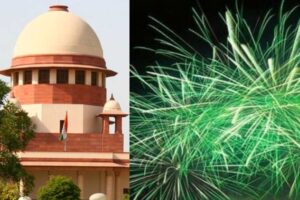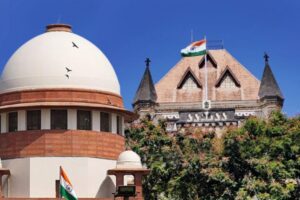The Supreme Court, while acquitting a man convicted in a 2008 murder case, has said that if there is no eye-witness to an incident, the prosecution has to establish motive to commit the crime. If the prosecution fails to do so, the accused cannot be held guilty.
A bench of Justices Vikram Nath and Ahsanuddin Amanullah noted that all the witnesses have stated that there was no enmity between the petitioner and the deceased.
The bench said, “Once there is no eye-witness to the incident, the prosecution has to establish a motive for the offence.
The Court further observed that, “If no motive is established or proved and no one has seen the incident, then motive has a significant role to play.”
The Supreme Court made these observations while hearing a petition by a person challenging an order of the Chhattisgarh High Court. In which his conviction under section 302 (murder) of the Indian Penal Code was confirmed and sentenced to life imprisonment with fine.
According to the prosecution, the uncle of the deceased lodged a complaint that when his nephew was returning home, the appellant assaulted him. He claimed that when he reached the spot, he saw the accused running away and the murder weapon lying there.
The apex court said that the testimony of the uncle of the deceased was not credible and could not form the basis of conviction.
The apex court in its order said that the evidence available on the file shows that he was apparently influenced by a sarpanch, whose active participation in the proceedings after the incident cannot be ruled out.
“The medical evidence does not support the prosecution’s story as the weapon of attack did not cause injury to the deceased as seen in the postmortem report,” the court said.
The bench said, “There was no motive as to why the appellant would kill an acquaintance and friend without any reason. The defense submits that the deceased was in an inebriated state and must have slipped and fallen from some sharp object, as a result of which the post-mortem has revealed the injury.”




